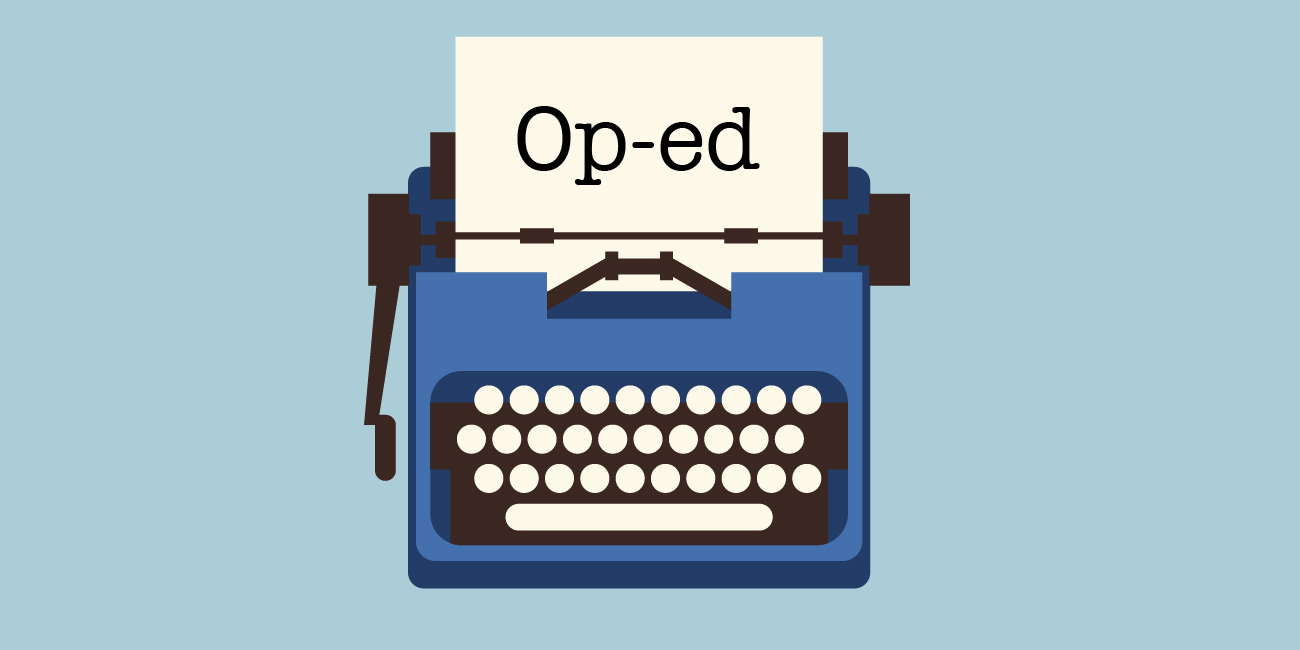
 press-releases
press-releases 
LZ Granderson
January is the month to sign up for stuff you’re probably not going to keep doing later. Like cooking class or hot yoga. It’s also the month for setting goals, especially at work, where goals often come with lunch and a side of office politics.
Suffice to say January is not the month to be sick.
And yet millions of us are. A wave of infections has 38 states dealing with “high or very high” levels of respiratory illness because of COVID-19, RSV, and the flu, according to the Centers for Disease Control and Prevention. Symptoms range from sore throats and coughs that won’t go away to fevers that refuse to break.
So far there’ve been more than 100,000 hospitalizations from flu this season and 6,500 deaths. COVID is surging, but more than 80% of adults have yet to get an updated booster. The CDC expects the wave of illnesses to expand to pretty much the entire country.
Which is why doctors are advising people to stay home from work if they’re sick. But who wants to use sick days in January? You’ve got 11 more months ahead and might end up much sicker later on. Besides, what does “too sick to come to the office” even mean for workers who can do their jobs remotely? If you’re too sick to go to the office, that should mean too sick to work. Yet, we work because we’re not that sick. We’re something in between.
There’s a glitch in the hybrid work life. Before the pandemic, staying home from work meant something. You were out sick, people knew. Friends would show concern. In a cutthroat workplace, maybe rivals would take note of how many days you miss and see signs of weakness to exploit.
So I’ve heard anyway.
Since the pandemic began and so many people have worked remotely, staying home from work means much less. It’s harder for folks who can work remotely to justify using a sick day, because technology makes it so easy to limp along through our tasks when we should be resting. It’s an unspoken norm that benefits capital, regardless of how much sick time workers theoretically can take.
This current wave of illnesses has many hybrid employees in this weird limbo where we’re just productive enough to keep going but we’re sick and probably should stop.
But how do you tell your supervisor you can’t work from home while ill, when we all just saw civilization work through a global pandemic?
And even if you did take a legit sick day off, chances are you still checked email or Slack because technology is also addictive. And we just love to scroll. That’s how I learned 2024 is an “eight” year in numerology: When you add each digit in 2024 you reach a total of eight, making this an auspicious year to take action. Go after your dreams.
Except many of us are starting this “eight” year sick. And those who can work from home are probably going to do so despite not feeling well, because that’s the new normal: We worked when we had COVID. We worked with long COVID and brain fog. Now, unless you’re in the hospital, you just… work.
Last year, a record 44% of employees worldwide said they were stressed, according to Gallup. Before you start blaming younger generations, the stress level of employees around the world has been steadily climbing for more than a decade. It would seem the more advanced our technology gets, the more stressful working life becomes.
So here’s a thought for goal-setting season: Maybe your ambition for this year should be to take a real day off when you’re sick.
LZ Granderson is an Op-Ed columnist for the Los Angeles Times.
24World Media does not take any responsibility of the information you see on this page. The content this page contains is from independent third-party content provider. If you have any concerns regarding the content, please free to write us here: contact@24worldmedia.com